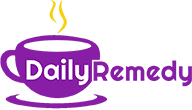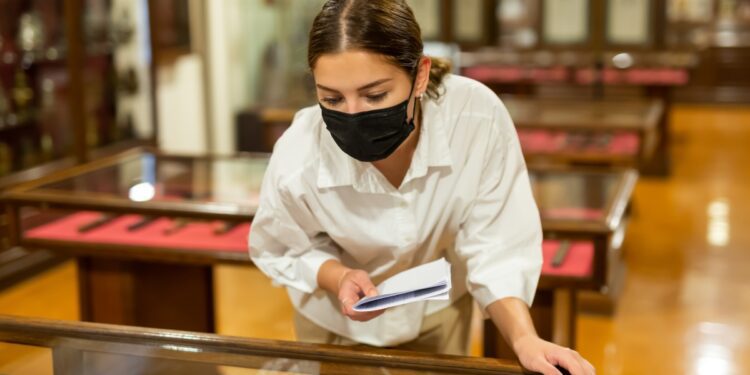Masks have long been a simple yet effective tool to mitigate the spread of airborne illnesses. Despite their benefits, masking still needs more normalization in the US to become a consistent public health measure. After the initial surge of mask adoption during 2020, the wider public may have linked masks solely to a specific crisis, missing their broader relevance. Masks could play an ongoing role in enhancing public health, but societal attitudes present a barrier.
Masking After COVID-19
During the height of the pandemic, masks were as much symbols of collective responsibility as they were protective health measures. We already saw the association between COVID-19 outcomes and mask mandate adherence in 2021. However, there is now a cultural association of facial masks solely with COVID-19 despite their ability to also defend against other airborne illnesses, including the common cold. This narrow narrative makes it harder for masks to gain acceptance as practical and routine tools for community health.
Equity in Public Health Practices
The limited adoption of masks disproportionately impacts communities already burdened by health inequities. Masking offers heightened protection for those with compromised immune systems, lower access to healthcare, or higher exposure risks. Elevating masks as a regular health precaution sends a message that everyone’s safety matters, not just those with optimal health.
Moving Beyond Crises
When health measures only surface during emergencies, they fail to build long-term habits. Similarly to hand washing or staying home when sick, wearing masks during high-risk seasons could act as a key tool for improving community health. Masking is more than a stopgap for crises; it’s a method of reducing illness transmission and improving well-being year-round with limited individual cost.
Learning From Workplace Adaptations
While attitudes toward masking have not universally shifted, other pandemic-related changes show more lasting acceptance. Many office workplaces chose to permanently install their once-temporary office partitions, while some retailers simply retained their plexiglass dividers and new layouts. These adaptations demonstrate a willingness to normalize measures that enhance personal safety in shared spaces. Masking, with its low cost and proven efficacy, could similarly become an everyday health practice if given the same normalization opportunity.
Reframing How We See Masks
Masks are not merely artifacts of a difficult time. They are tools for building healthier, safer communities. Normalizing masking in the US could have wide-ranging benefits. By shifting cultural narratives and fostering acceptance, we can ensure this simple public-health tool becomes an accessible and respected part of everyday life.















